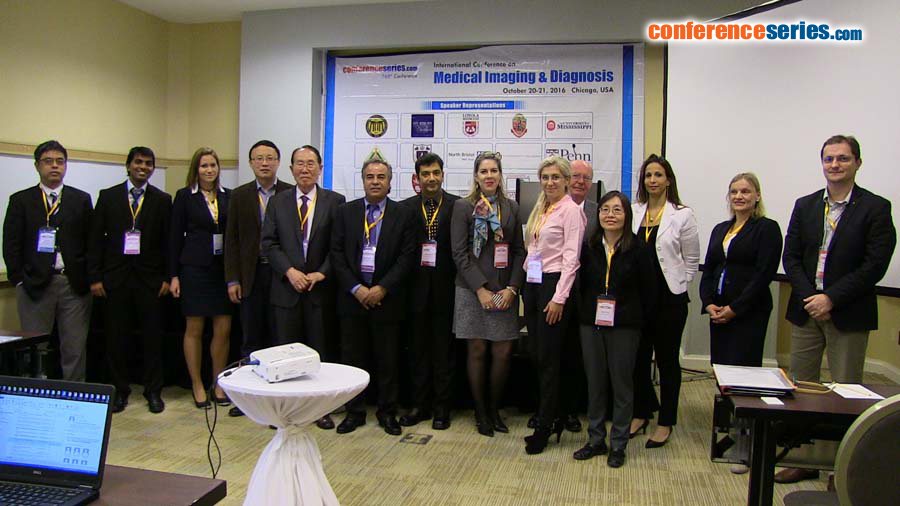
Ilona Kowalik-Urbaniak
Client Outlook Inc., Canada
Title: Does interpolation affect diagnosis? – Quantitative assessment of the effects of interpolation on uncompressed and compressed medical images
Biography
Biography: Ilona Kowalik-Urbaniak
Abstract
The resolution at which medical images are displayed on output devices often differs from the original. Image rescaling is accomplished by estimating pixels at unknown locations through interpolation. The most common artifacts resulting from this estimation include blurring, edge distortion, ringing and aliasing. Even for the same image, different interpolation techniques may produce images that differ significantly. As a result, interpolation may have an impact on diagnostic image quality. Objective quality assessment of interpolated images is a challenging task since there is no one-to-one mapping between the original and the interpolated image. No objective model has been yet established for medical images. A quantitative evaluation of the impact of interpolation on medical image quality with the use of the most common interpolation techniques is presented. The quality of 60 interpolated compressed and uncompressed neuro- and abdominal CT images was evaluated objectively using the mean squared error (MSE), signal-to-noise ratio (SNR), structural similarity index (SSIM) and a proposed technique based on the deterministic and statistical information of the signal. This work is an attempt to capture the loss of diagnostic information of interpolated compressed and uncompressed medical images. We propose a full-reference objective measure of quality for interpolated images, which considers deterministic and statistical knowledge about the image. The statistical properties are acquired from the frequency domain (high-frequency content) of the signal and are combined with the elements of SSIM. Future work will involve validation of the proposed image fidelity measure based on subjective radiological assessments using a modified Receiver Operating Characteristic (ROC) analysis. We aim to present a model that could serve as a predictor of quality of interpolated images at different rescaling factors for a given image modality and anatomical region.



